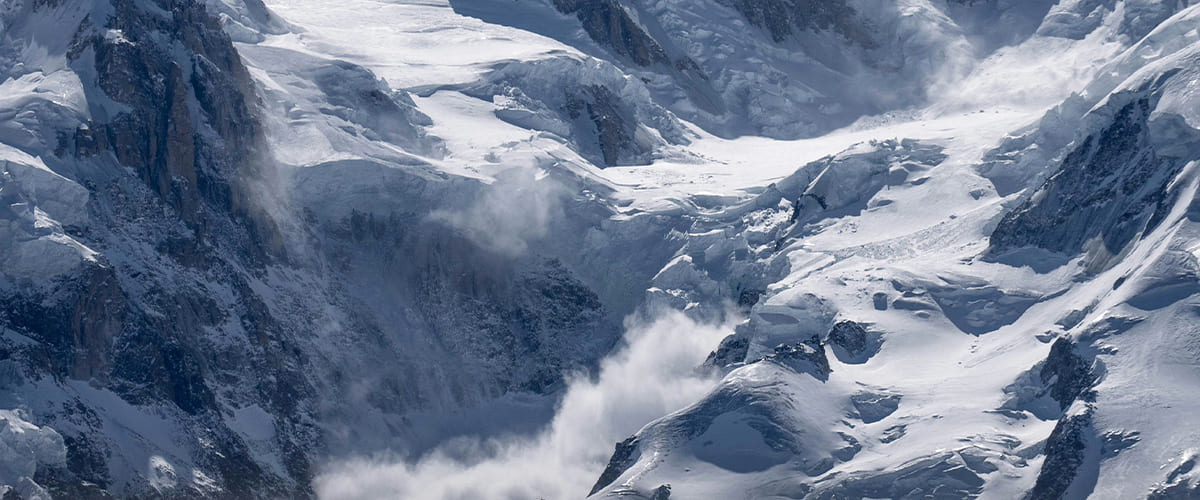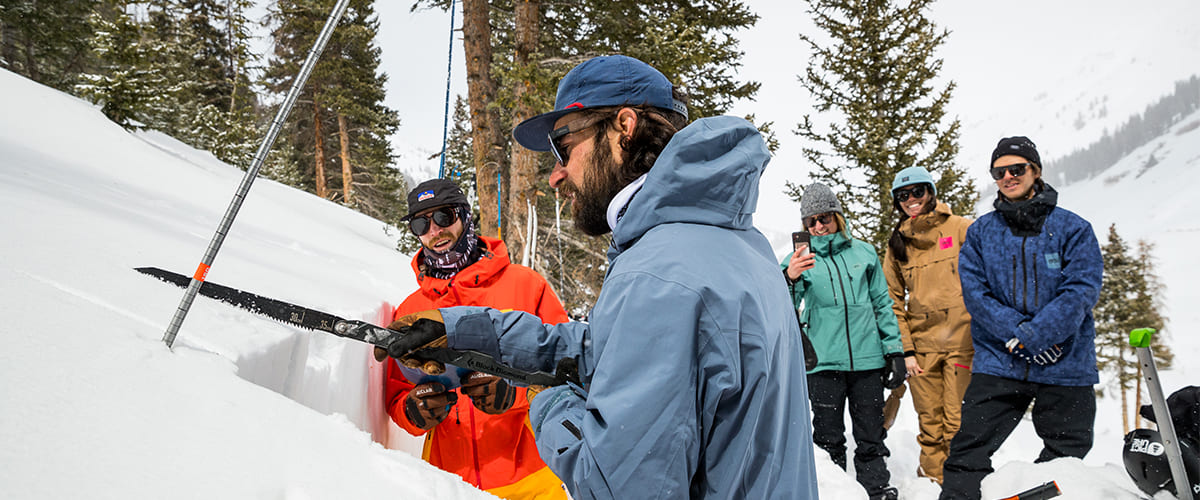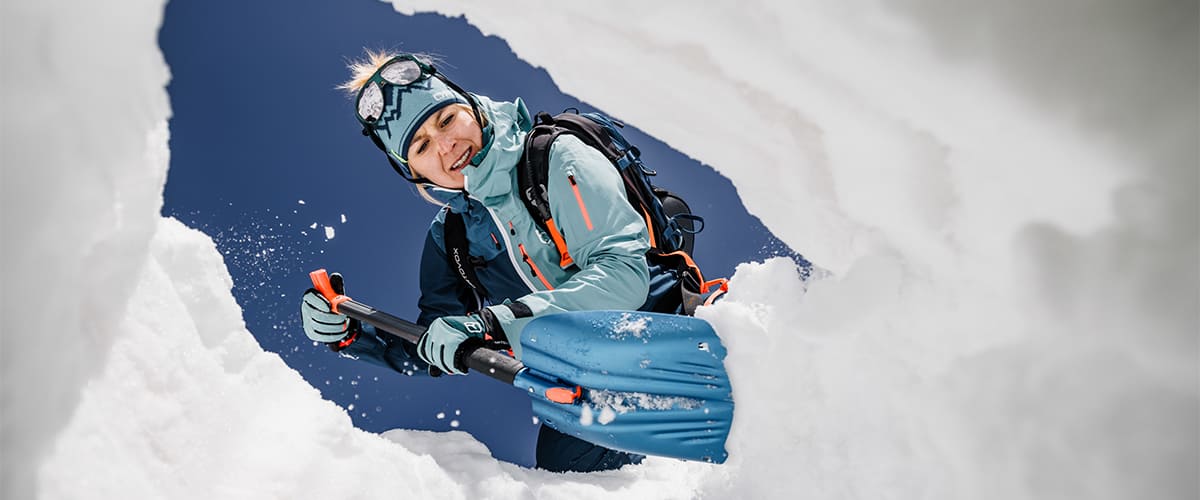The mountains offer breathtaking scenery and a multitude of sporting and recreational activities. However, they can also be the scene of accidents and tragedies if certain precautions are not taken. Faced with these potential risks, it's important to follow a few basic rules and equip yourself with the necessary safety equipment.
 Weather and terrain risks
Weather and terrain risks
Avalanches: Avalanches are one of the major dangers in the mountains, particularly when skiing off-piste or snowshoeing. It's essential to be well-informed about snow conditions and avalanche risk before going out in these areas.
Changeable weather: Mountain weather can change very quickly, with snowstorms, fog or bright sunshine. So keep an eye on the forecast, and make sure you have the right equipment.
Rough terrain: Mountain terrain can present difficulties, such as rockfalls, crevasses and icy slopes. Following marked trails and adapting to the terrain are essential to avoid accidents.

Prevention and training for improved mountain safety
Faced with the dangers of the mountains, training in first aid, roping techniques and equipment use is essential. Many organizations offer training courses to help you learn best practices and adopt the right attitude in the mountains.
Raising young people's awareness of mountain risks
In some regions, CRS mountain safety officers are available to explain to schoolchildren how to behave during winter activities, and to raise awareness of the potential dangers posed by certain mountain landscapes. Workshops are organized on school premises, sometimes including demonstrations of equipment such as the airbag backpack.

Avalanche management training
Whether you're planning a multi-day hike, an off-piste ski outing or simply a snowshoe outing, it's important to be properly equipped. Here's a non-exhaustive list of the equipment you'll need:
- DVA (Détecteur de Victimes en Avalanche): Used to locate a victim buried under the snow thanks to a radio signal emitted by the victim's DVA.
- Probe and shovel: Indispensable for rescuing a person buried by an avalanche, they enable the victim to be located and freed quickly.
- Appropriate clothing: To protect yourself from changing and often extreme weather conditions in the mountains, investing in technical clothing is essential( waterproofjacket, waterproof pants, hiking boots, etc.).
- Navigation: Use a topographical map, compass or GPS to find your way around.
 Basic rules for a successful mountain outing
Basic rules for a successful mountain outing
Finally, there are several things to bear in mind before setting off to explore the summits:
Informing your loved ones : Leaving a precise itinerary with the planned return date is essential. In the event of a problem, this will help direct the emergency services.Don't go it alone: The mountains can hold nasty surprises, so it's reassuring to share outings with others.
Know your limits: It's important not to overestimate your physical and technical abilities, and to choose a route suited to your level.
Listen to your body : Don't hesitate to take breaks, drink regularly and eat when you start to feel the slightest sign of fatigue.
 Don't forget that mountain safety is all about good preparation and the right equipment. Take the time to inform yourself, train and invest in the equipment you need to enjoy the pleasures of the mountains to the full.
Don't forget that mountain safety is all about good preparation and the right equipment. Take the time to inform yourself, train and invest in the equipment you need to enjoy the pleasures of the mountains to the full.


 Essential mountain safety equipment
Essential mountain safety equipment







